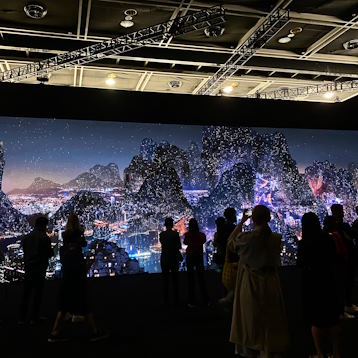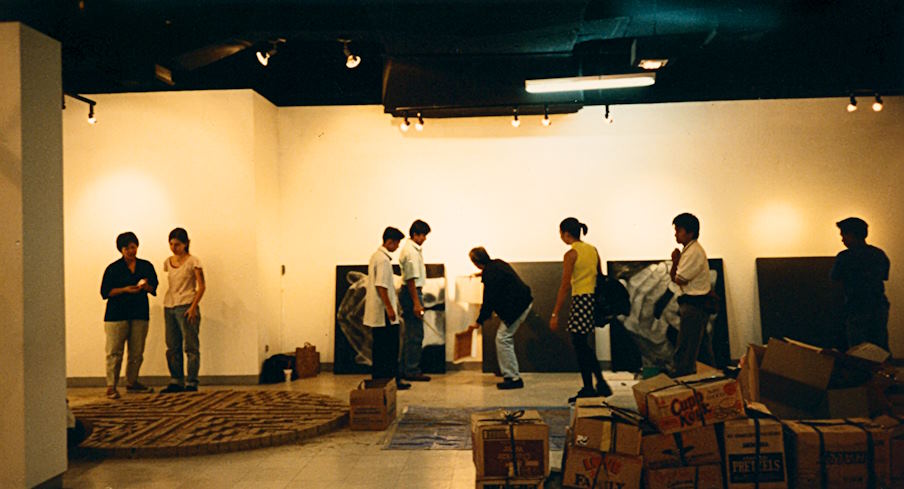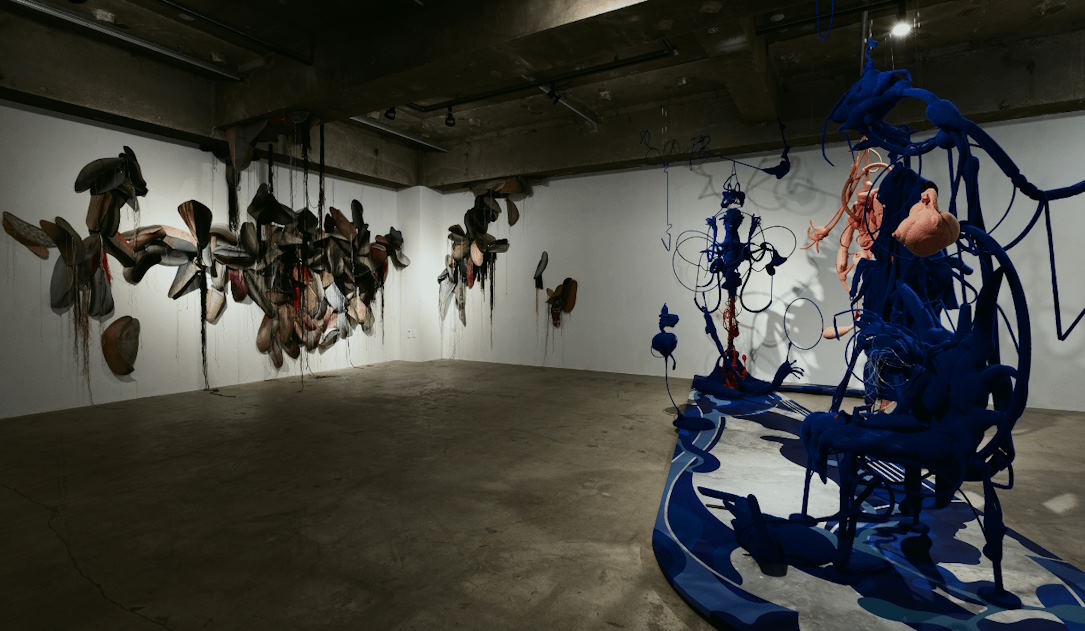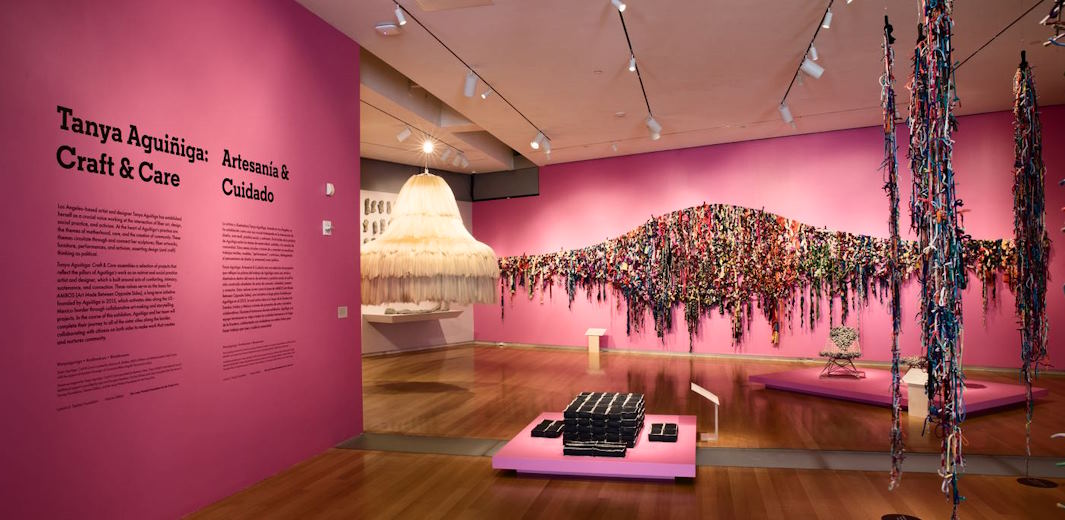The art world is no stranger to innovation and pushing boundaries. In recent years, a remarkable trend has emerged – the hosting of art events in unconventional spaces. These spaces, such as warehouses, abandoned buildings, and outdoor locations, have become canvases for artists and platforms for creative expression.
Historical Perspective
Art events in unconventional spaces are not a new phenomenon. Throughout history, artists have sought alternative venues to showcase their work and challenge societal norms. From early 20th-century Dadaist gatherings in abandoned factories to the underground art scenes of the 1960s in New York City lofts, there is a rich tradition of artists transforming unconventional spaces into artistic havens.
The Appeal of Unconventional Spaces
Creativity and Freedom of Expression
Unconventional spaces offer artists the freedom to experiment without the constraints of traditional gallery settings. The vast, raw canvases provided by warehouses or abandoned buildings encourage boundary-pushing, often resulting in immersive and thought-provoking installations.
Engaging the Community and Breaking Down Barriers
 Hosting art events in unconventional spaces can break down barriers between artists and the community. These events often become communal experiences, fostering a sense of inclusivity and belonging.
Hosting art events in unconventional spaces can break down barriers between artists and the community. These events often become communal experiences, fostering a sense of inclusivity and belonging.
Unique Atmospheres and Aesthetics
Each unconventional space carries its own history and ambiance. Abandoned buildings may exude a sense of decay and nostalgia, while warehouses offer industrial charm. These unique atmospheres can enhance the impact of the artwork.
Challenges and Risks
However, it’s essential to acknowledge the challenges and risks associated with unconventional spaces, including safety concerns, legal issues, and limited access for individuals with disabilities.
Types of Unconventional Spaces
Warehouses
Warehouses have become iconic venues for art events. Their expansive interiors provide artists with a blank canvas for large-scale installations and immersive experiences.
Abandoned Buildings
Abandoned buildings carry historical and architectural significance, making them compelling spaces for art exhibitions. Renovation efforts often breathe new life into these structures while preserving their character.
Outdoor Locations
Parks, rooftops, and public spaces offer the opportunity to merge art with the natural world. However, weather-related challenges must be considered when planning outdoor art events.
Non-traditional Galleries
Pop-up galleries and temporary exhibitions in unconventional spaces challenge the notion of permanence in the art world. These spaces often provide a dynamic and ever-changing platform for emerging artists.

The Role of Curators and Organizers
Curatorial Vision
Curators play a pivotal role in selecting appropriate unconventional spaces that align with the artistic vision of an event. Their decisions shape the overall experience for attendees.
Navigating Challenges
Organizers must navigate legal and logistical challenges, such as permits, safety regulations, and insurance, to ensure a successful event.
Collaborations and Partnerships
Collaborations and partnerships with property owners or community organizations can help mitigate some of the challenges and facilitate access to unconventional spaces.
Art Events in Unconventional Spaces Around the World
Cultural and Regional Differences
Cultural and regional perspectives influence how unconventional spaces are utilized for art events, resulting in diverse and culturally rich experiences.
Impact on Local Communities
Art events in unconventional spaces often have a profound impact on local art scenes and communities, driving cultural revitalization and economic growth.



